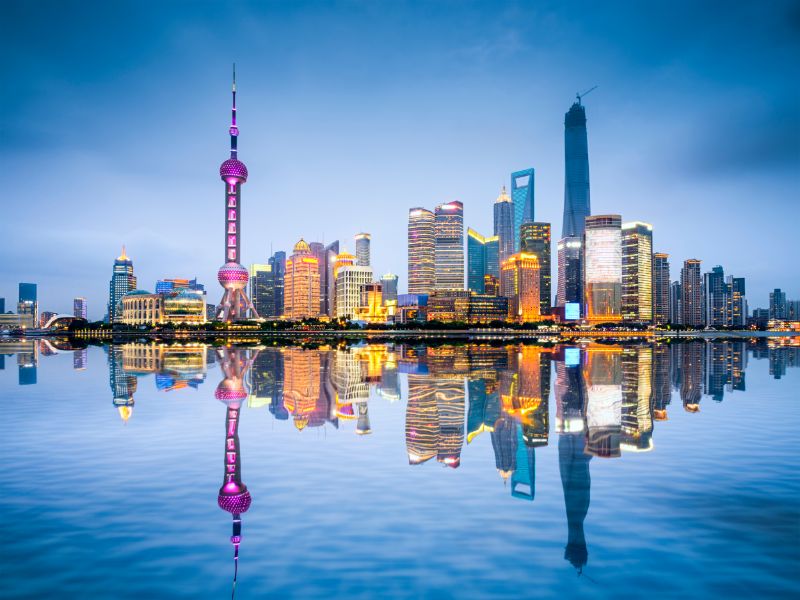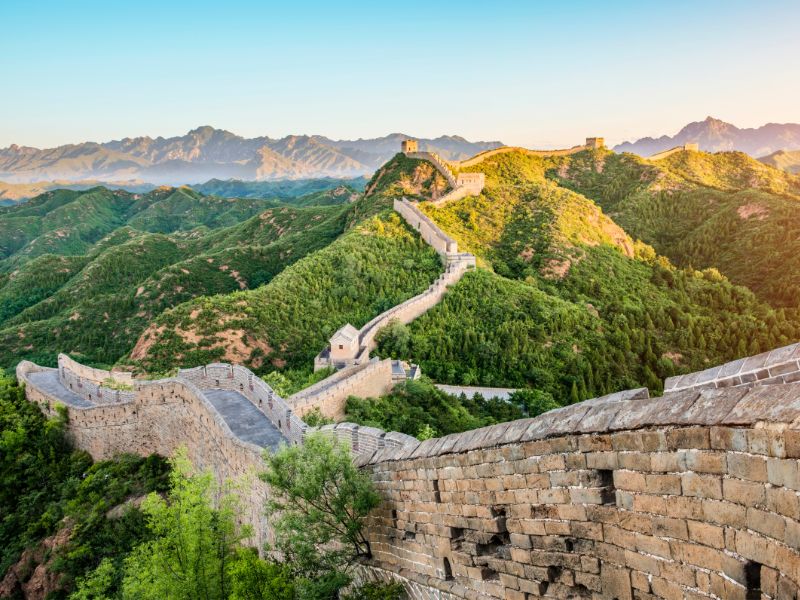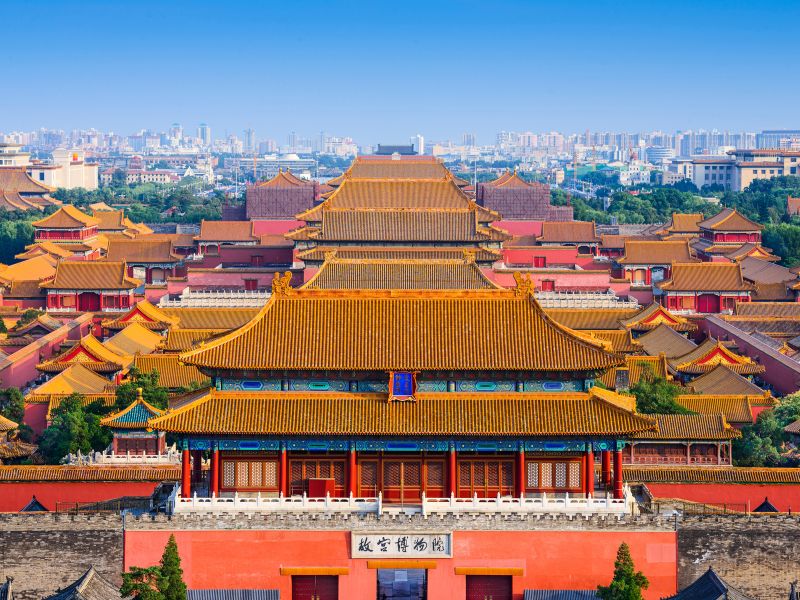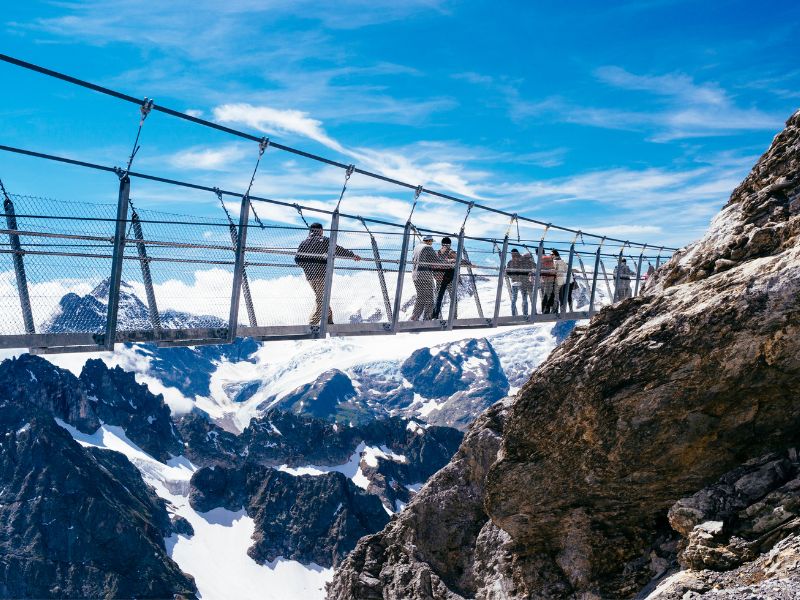Ha Noi Street Foods
Hanoi’s beginnings originate from when Tang Chinese armies invaded Vietnam in the seventh century, choosing a small Red River fort as capital of their new protectorate, named, optimistically, Annam, the “Pacified South”. Three centuries later the rebellious Vietnamese ousted the Chinese from their “Great Nest”, Dai La, in 939 AD. After that, the citadel lay abandoned until 1010 when King Ly Thai To, usually credited as Hanoi’s founding father, recognized the site’s potential and established his own court beside the Red River. It seems the omens were on his side for, according to legend, when the king stepped from his royal barge onto the riverbank a golden dragon flew up towards the heavens. From then on Thang Long, “City of the Ascending Dragon”, was destined to be the nation’s capital, with only minor interruptions, for the next eight hundred years.
Ly Thai To and his successors set about creating a city fit for “ten thousand generations of kings”, choosing auspicious locations for their temples and palaces according to the laws of geomancy. They built protective dykes, established a town of artisans and merchants alongside the Imperial City’s eastern wall, and set up the nation’s first university, in the process laying the foundations of modern Hanoi.
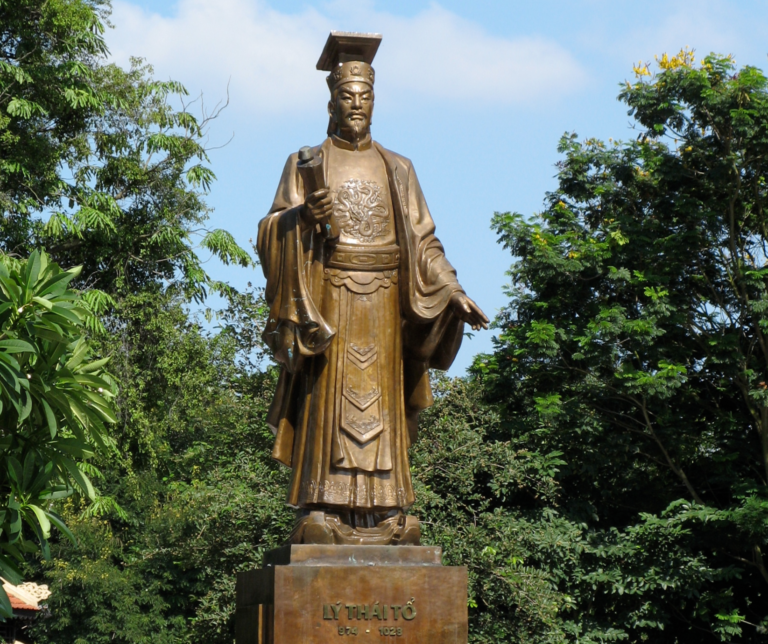
When is the best time to visit Hanoi
The best time to visit Hanoi, in terms of weather, is during the three months from October to December, when you’ll find warm, sunny days and levels of humidity below the norm of eighty percent, though it can be chilly at night. From January to March, cold winds from China combine with high humidity to give a fine mist, which often hangs in the air for days. March and April usually bring better weather in Hanoi, before the extreme summer heat arrives in late April, accompanied by monsoon storms which peak in August and can last until early October, causing serious flooding throughout the delta.
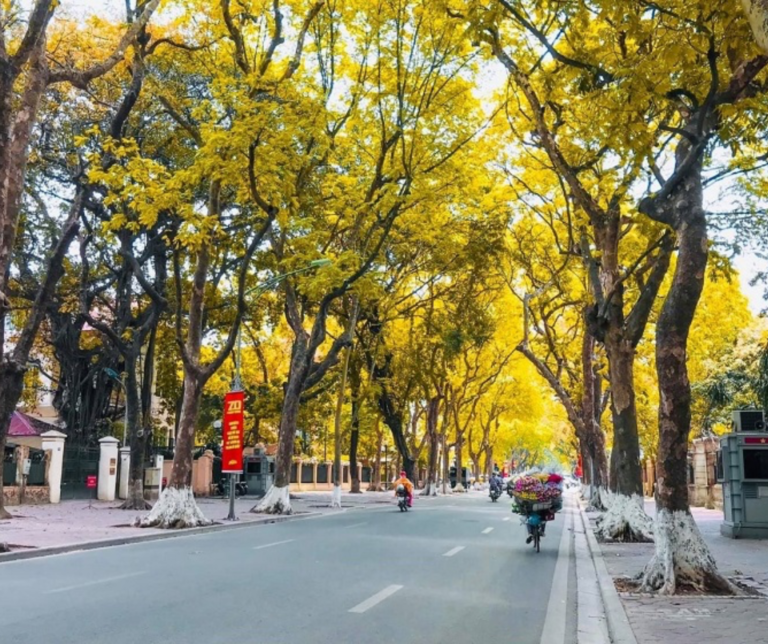
Street food in Hanoi
For sheer value for money and atmosphere your best option is to eat either at the rock-bottom, stove-and-stools food stalls or at the slightly more upmarket street kitchens, most of which specialize in just one or two types of food.
- Banh cuon is a Hanoi snack consisting of almost transparent rice-flour pancakes usually stuffed with minced pork and black mushrooms and sprinkled with fried shallots. Try it at 68 Hang Cot.
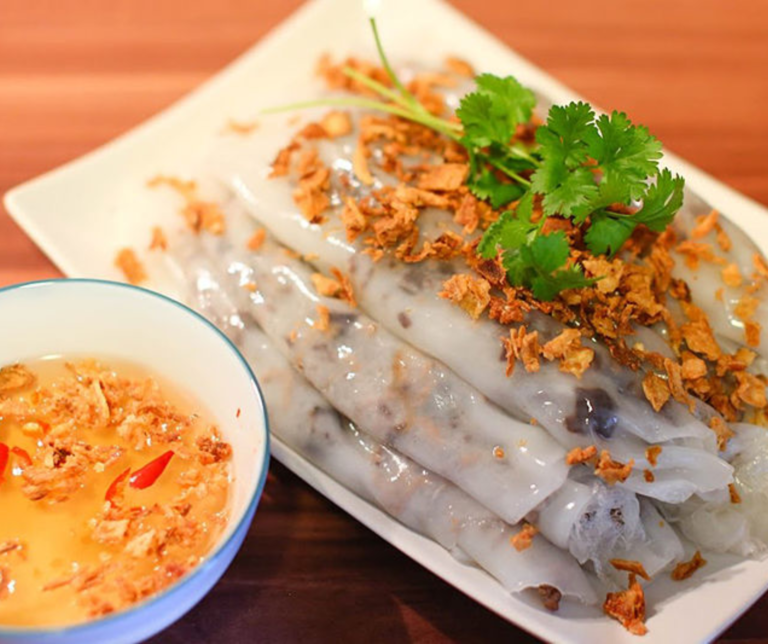
2. Banh goi, sometimes called “pillow cake”, is a fried pastry filled with vermicelli, minced pork and mushrooms, and eaten with a thin sweet sauce, parsley and chilli. Sample it at 52 Ly Quoc Su.

3. Bun bo nam bo is a hot favourite with most Westerners. It consists of generous bowlfuls of lean beef and noodles, topped with a mound of roasted nuts, garlic and basil. Join the lunchtime queue and fill your belly at 67 Hang Dieu.

4. Bun cha, consisting of pork patties served with cold rice noodles and dipping sauce is a popular lunchtime dish and can be found all over the city. A great spot is at 34 Hang Than.

5. Bun rieu cua, crab noodle soup laced with tomatoes, tofu, spring onions and fried shallots is usually eaten for breakfast. Try it at 34 Cau Go.
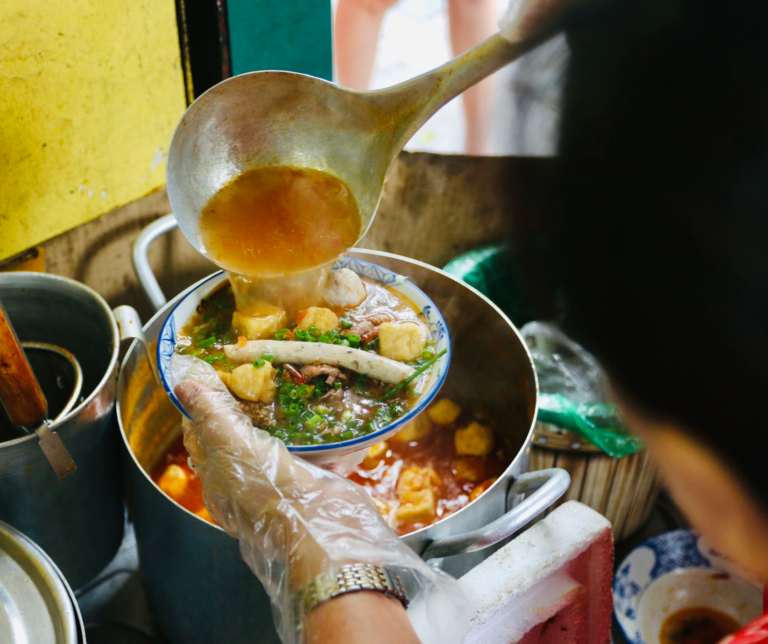
6. Nem chua nuong are grilled spring rolls, usually served up with cucumber and/or green mango. They are particularly delicious at 45 Ly Quoc Su.
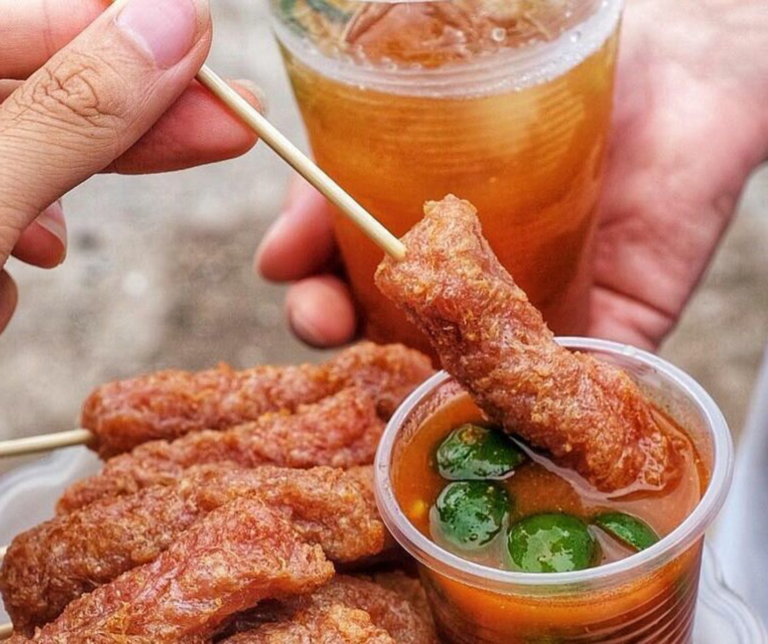
7. Pho bo is Vietnam’s national dish, a beef noodle soup served with chopped spring onion, and is usually eaten for breakfast. The tastiest is at Suong Pho at 24b Ngo Trung Yen; it’s also good at 10 Ly Quoc Su, 49 Bat Dan.

